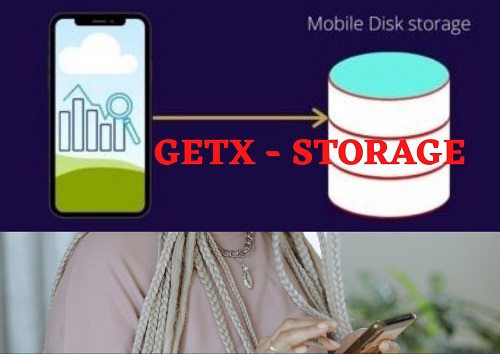Flutter GetX Storage | SharedPreferences
Learn how to use Flutter Get Storage as a lightweight alternative to shared preferences for reading, writing, and removing data in Flutter apps at rrtutors.com
In this post we will learn about Getx Storage in Flutter application
What is Get_Storage Package in flutter?
Flutter Get_storage packages is a light weight package. Which will stora the data in the form of key value pair
It will store the data in app memory.

The GetX Storage is built completly built using dart programming language & we can easily integrate with GETX framework of flutter
With get_storage we can store the data with the type of
- String
- int
- double
- map
- list
So let's get started with get_storage example
Step 1: Create a flutter application
Step 2: Add required get_storage plugins in pubspec.yaml file
dependencies:
flutter:
sdk: flutter
get_storage: ^1.3.2
get:
|
Step 3: Import get_storage packages in our dart file by
import 'package:get_storage/get_storage.dart';
|
Step 4: Use Get Storage packages
Initialize get_storage
To Initialize storage, we must call GetStorage.init() method before loading the app
void main() async {
await GetStorage.init();
runApp(MyApp());
}
|
Create Instance of Storage object
final datacount = GetStorage();
|
Read and write data with get_storage
To write the data into get_storage object by below code
datacount.write("count", _count);
|
The write() is the method which will use to write data into storage
To read the data from object by
datacount.read('count')
|
read() is the method which we will use to read the data from the memory. To read the data we need to pass the key of the stored data.
How to remove the data from get_storage object
The get_storage contains a method remove, to remove the data from the storage memory
|
datacount.remove('count') |
The GetX Storage example 1
import 'package:flutter/material.dart';
import 'package:get/get.dart';
import 'package:get_storage/get_storage.dart';
void main() async {
await GetStorage.init();
runApp(MyApp());
}
class MyApp extends StatelessWidget {
// This widget is the root of your application.
@override
Widget build(BuildContext context) {
return MaterialApp(
title: 'Flutter Demo',
theme: ThemeData(
primarySwatch: Colors.blue,
),
home: HomePage()
);
}
}
class HomePage extends StatefulWidget {
@override
_HomePageState createState() => _HomePageState();
}
class _HomePageState extends State<HomePage> {
int _count = 0;
final datacount = GetStorage();
@override
void initState() {
// TODO: implement initState
super.initState();
if(datacount.read('count')!= null)
{
_count = datacount.read('count');
}
}
@override
Widget build(BuildContext context) {
datacount.writeIfNull("count", 0);
return Scaffold(
appBar: AppBar(title: Text("GetX Storage"),
backgroundColor: Colors.pink,),
body: SafeArea(
child: Center(
child: Container(
child: Text("${datacount.read('count')}",style: TextStyle(fontSize: 35),),
),
),
),
floatingActionButton: FloatingActionButton(
onPressed: (){
setState(() {
_count++;
datacount.write("count", _count);
});
},
child: Icon(Icons.add),
),
);
}
}
|